Breast augmentation is an aesthetic solution chosen by many modern women to enhance the appearance of their breasts. Besides the expectation of having fuller and more balanced breasts, many people still hesitate before making this decision due to concerns about scars after breast augmentation. So, does breast augmentation leave scars? This article, Breast Augmentation Tips will reveal important information about breast augmentation scars as well as effective ways to reduce scars after breast augmentation.
Does breast augmentation leave scars?
After breast augmentation, the surgical area may develop scars due to the use of surgical instruments. However, breast augmentation scars are usually small and located in a hidden area under the breast fold, and they will fade over time if properly cared for.
Initially, the scar after breast augmentation may appear slightly red or raised. After about 24 months, the raised scar will flatten and blend more with your skin tone, effectively reducing the visibility of the scar. Therefore, with proper aftercare and the right surgical technique breast augmentation scars can be well-controlled and will not significantly affect aesthetics.
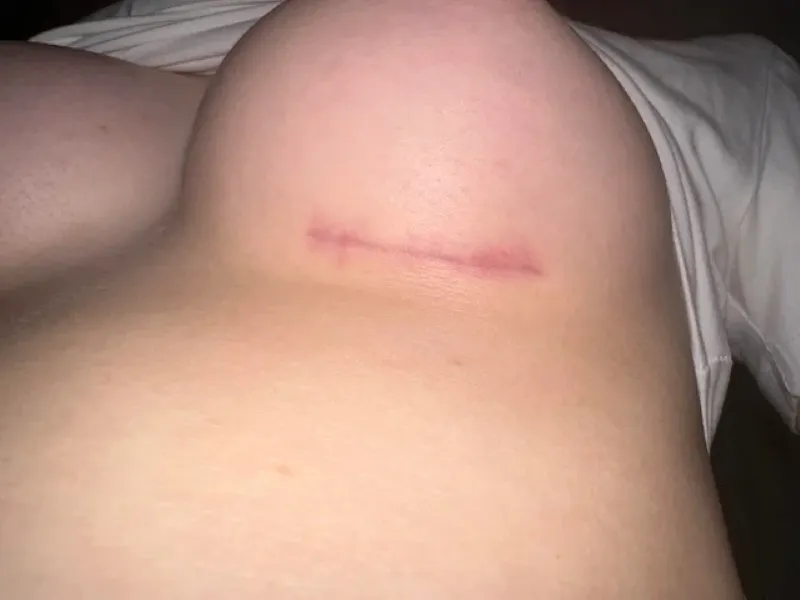
Common types of breast augmentation scars
In breast augmentation surgery, there are three main incision types commonly used: inframammary incision (under the breast fold), periareolar incision (around the areola), and transaxillary incision (through the armpit). Each breast augmentation method differs not only in its surgical approach but also in the specific scar location it creates.
Therefore, these three breast augmentation incision types result in three common types of breast augmentation scars, each with varying degrees of concealment. Below are the three most common types of breast augmentation scars for your reference:
Inframammary scar (scar under the breast fold)
The inframammary scar is the most common type of breast augmentation scar and is considered the most aesthetically favorable among current breast augmentation methods. This scar is usually located neatly in the fold between the breast and the chest wall, making it well-hidden by the breast itself and difficult to see even when wearing a bra.
In addition to its excellent ability to conceal scars, this incision location allows the surgeon to perform more precise placement of the implants, making any adjustments or replacements in the future easier. Moreover, since this incision does not involve the areola or milk ducts, it rarely affects nipple sensation or breastfeeding ability for mothers. Therefore, inframammary scars generally do not affect the aesthetic appearance or function of the breasts after augmentation surgery.
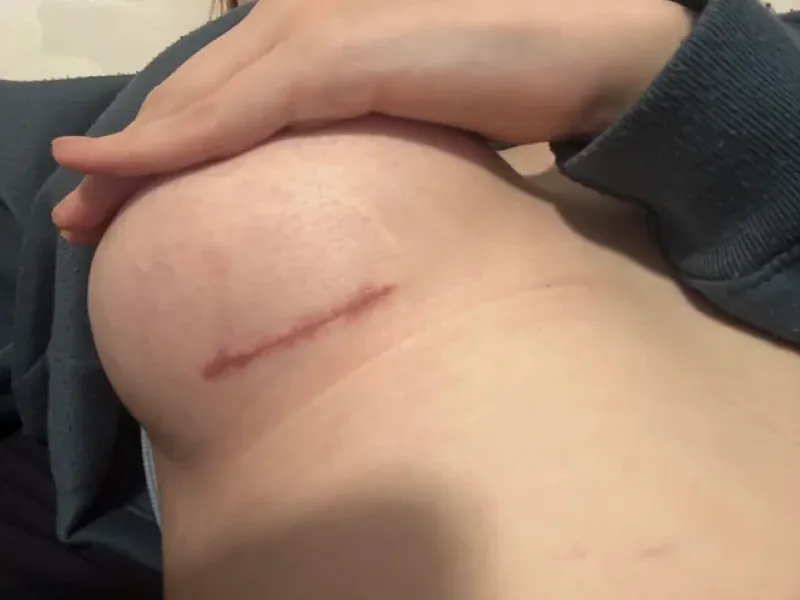
Periareolar scar (scar around the areola)
The periareolar scar is formed from an incision made at the border between the normal skin and the areola, resulting in a semi-circular or circular scar depending on the surgeon’s technique. An advantage of this incision site is that the scar can blend well with the natural pigmentation of the areola if the healing process goes smoothly.
However, this is also an extremely sensitive area due to the presence of many nerves and milk ducts. Therefore, making an incision around the areola during breast augmentation may reduce nipple sensation and affect the ability to breastfeed after childbirth.

Transaxillary scar (scar in the armpit)
The transaxillary scar after breast augmentation is created from an incision made under the arm. This option is chosen by those who want to keep their breasts completely intact without any visible surgical marks. However, breast augmentation scars in the armpit area can become quite noticeable when wearing sleeveless clothing.
Besides aesthetic considerations, making an incision in the armpit can also pose challenges for surgeons in terms of control and precise implant placement. Additionally, future revision surgeries or combined breast lift procedures cannot be performed through this same incision. Therefore, transaxillary incisions may lead to scar tissue formation under the arm, affecting aesthetics when wearing sleeveless tops.
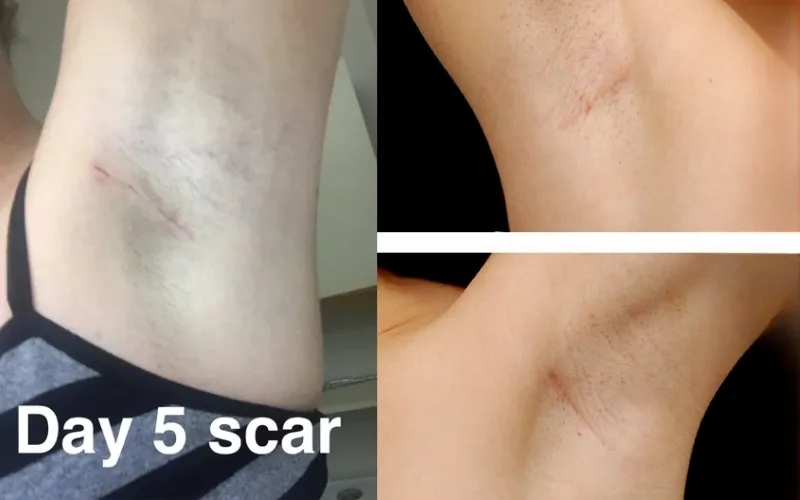
How long does it take for breast augmentation incisions to heal?
After breast augmentation surgery, the incisions usually take about 2 weeks to close and begin the healing process. During the initial stage, scars may initially appear hyperpigmented or raised. However, if patients strictly follow their doctor’s post-operative care instructions, the raised scar will gradually soften and begin to fade over time.
Typically, the color of the scar starts to lighten after around 6 weeks and continues to heal from the second to the third month. After about one year, breast augmentation scars are usually significantly faded and almost unnoticeable to the naked eye. Therefore, the breast augmentation recovery time requires proper care to ensure the scars heal well and achieve the best aesthetic results.
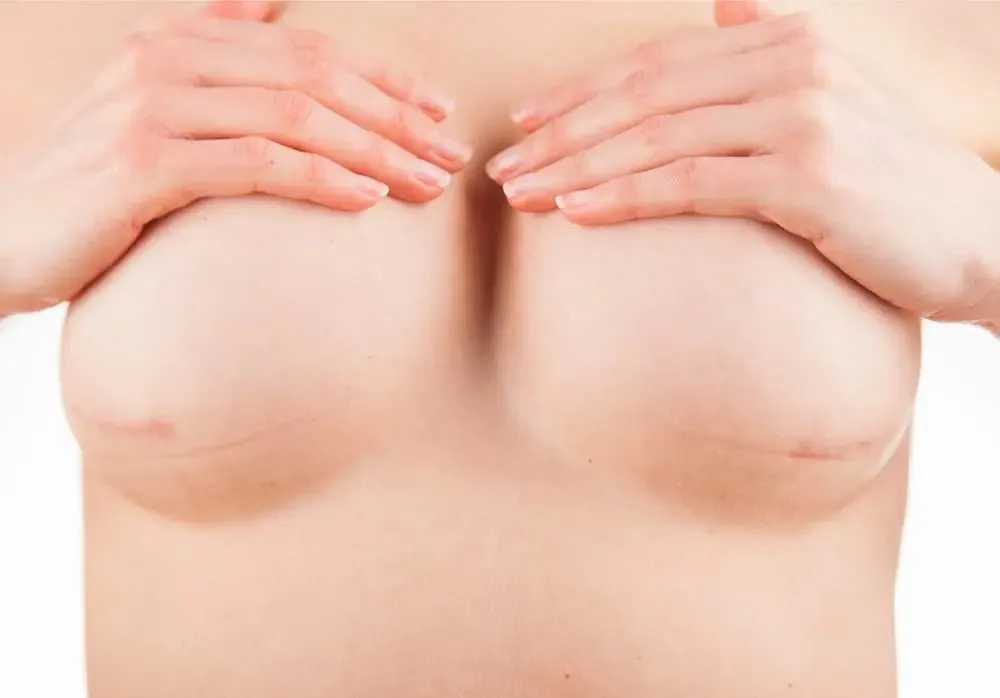
How to care for your breast scars
Having breast augmentation performed by a highly qualified surgeon is crucial to ensure a safe surgery and minimize the risk of scarring. However, proper post-operative care at home is also extremely important to speed up recovery time and reduce the risk of scar formation after breast augmentation. Here are some tips on how to reduce breast augmentation scars at home for your reference:
Protect healing incisions
During the first two weeks after surgery, protecting the incisions while they are healing is key to preventing poor scarring. After breast augmentation, the incision area will be covered with special medical adhesive bandages. These act as a protective layer to shield the open wound from external factors such as friction and impact, while also helping to hold the wound edges together neatly as it heals.
When showering, you do not need to remove the protective bandages. Simply let water flow gently over them and then carefully pat dry with a soft towel. In addition, you must strictly follow your doctor’s instructions regarding movements, especially avoiding strenuous activities that could stretch the chest area. Controlling movement during the early post-operative period is considered a crucial factor in reducing breast augmentation scars.
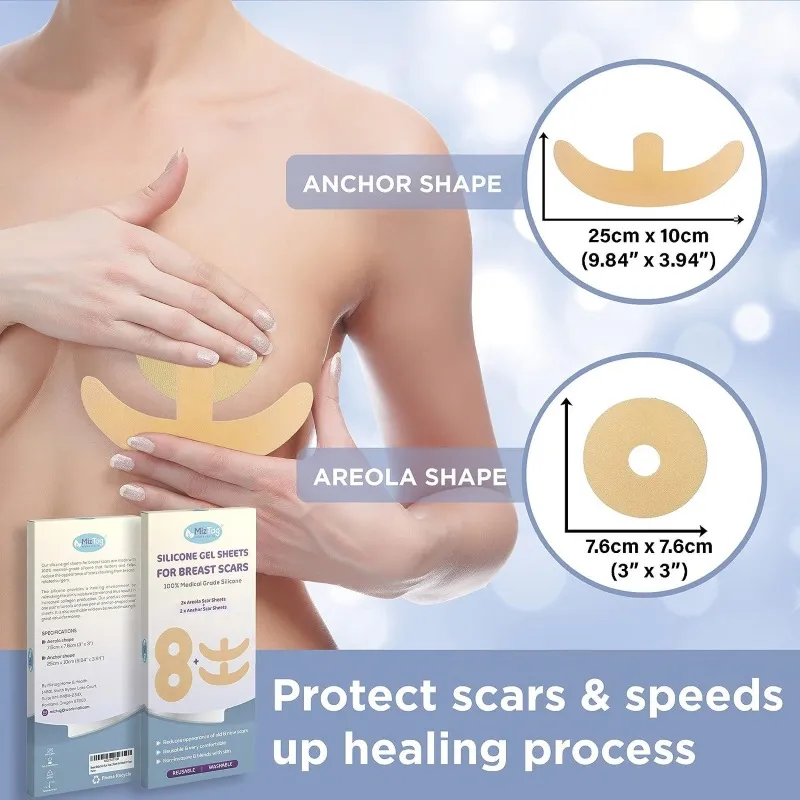
Apply silicone to healed incisions to minimize scars
Once the incision has healed, the next step in post-operative care is to begin scar treatment with silicone. Silicone is known to be the only ingredient that has been extensively researched and proven effective in improving the appearance, texture, and pigmentation of post-surgical scars. Silicone can be used in two common forms: silicone sheets or silicone gel.
Silicone sheets have an adhesive side designed to be applied directly over the scar area, helping to keep it hydrated, protected, and gently compressed to prevent hypertrophic or keloid scars. However, in some areas of the body, silicone sheets may not adhere well during movement. In such cases, silicone gel is a more flexible and convenient alternative to reduce the risk of raised scar formation after breast augmentation.

Massage thick, firm scars
If the scar becomes raised and firm after breast augmentation, you should gently massage the scar area with moderate pressure, combined with moisturizing cream or Vitamin E oil. For this type of scar, it is recommended to massage multiple times a day, each session lasting 5 to 15 minutes, to achieve the best scar-reducing results.
If you are using silicone sheets or silicone gel after breast augmentation, be sure to remove them before massaging. This is because Vitamin E oil can reduce the adhesive effectiveness of silicone, causing the sheet to slip off easily and affecting its ability to support breast scar healing.
After massaging, you need to wash the skin thoroughly with soap and water to completely remove any excess oil remaining on the skin. Finally, make sure to dry the skin completely before reapplying the silicone sheet after breast augmentation.

Protect incisions & scars from the sun
In the early stages of formation, breast augmentation scars are usually pink or dark pink and require 6 to 12 months to gradually fade and stabilize. However, if the scar is exposed directly to sunlight, the pigmentation in the scar area can become permanently darker, affecting the aesthetic appearance of the breasts after recovery.
Therefore, after breast augmentation, you should wear modest clothing and carefully cover the surgical wound before going outside. Additionally, it is recommended to use special adhesive bandages or silicone sheets to further protect the incision after breast augmentation. This is an important factor in fading scars and achieving long-lasting aesthetic results after surgery.
This article has provided you with detailed information about breast augmentation scars and effective ways to reduce scars at home. Overall, proper post-operative care plays a crucial role in the healing process and in shaping the breast implants. Therefore, following your doctor’s aftercare instructions is the most important factor in scar formation after breast augmentation.



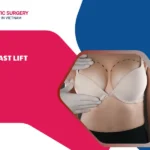
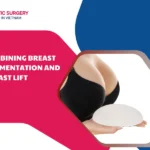
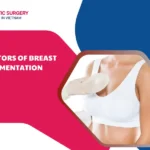




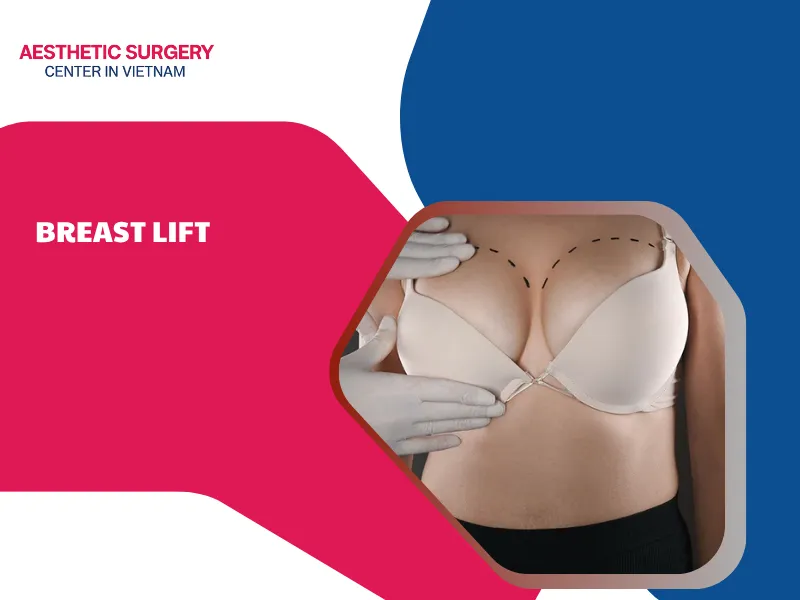
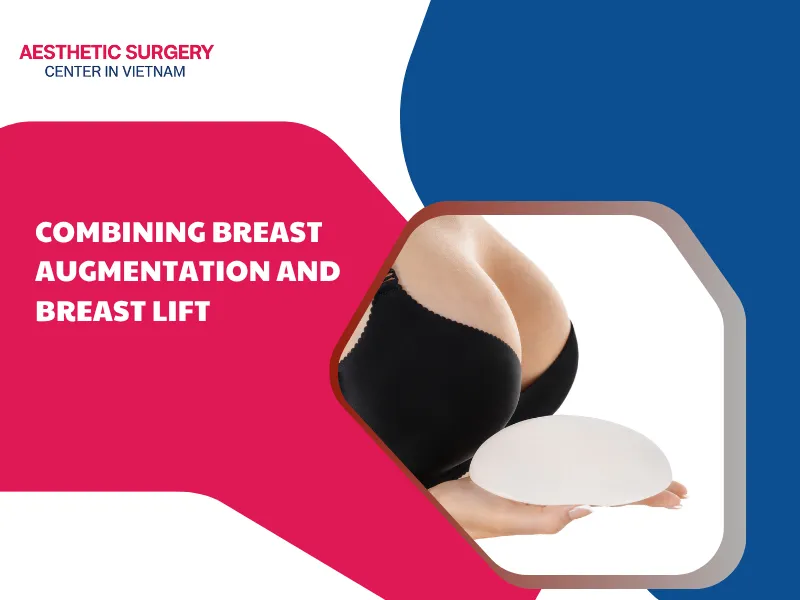
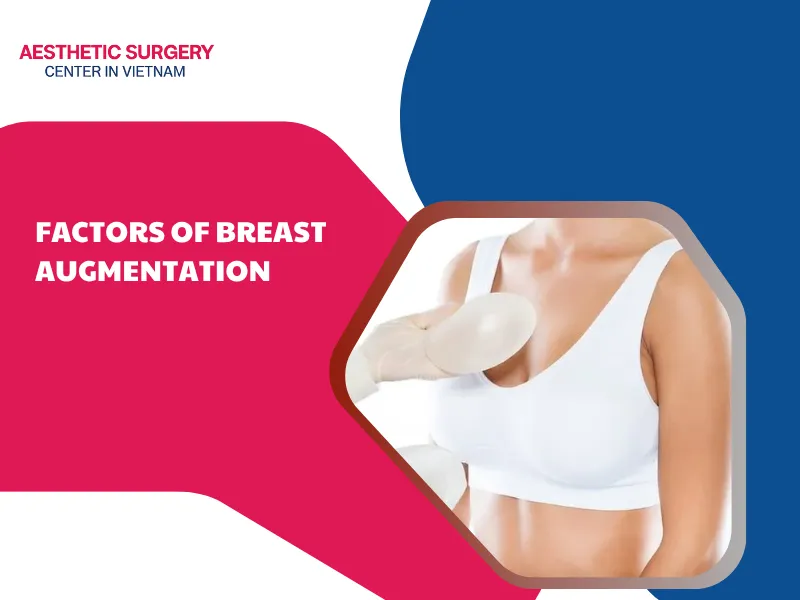






Comment on the post